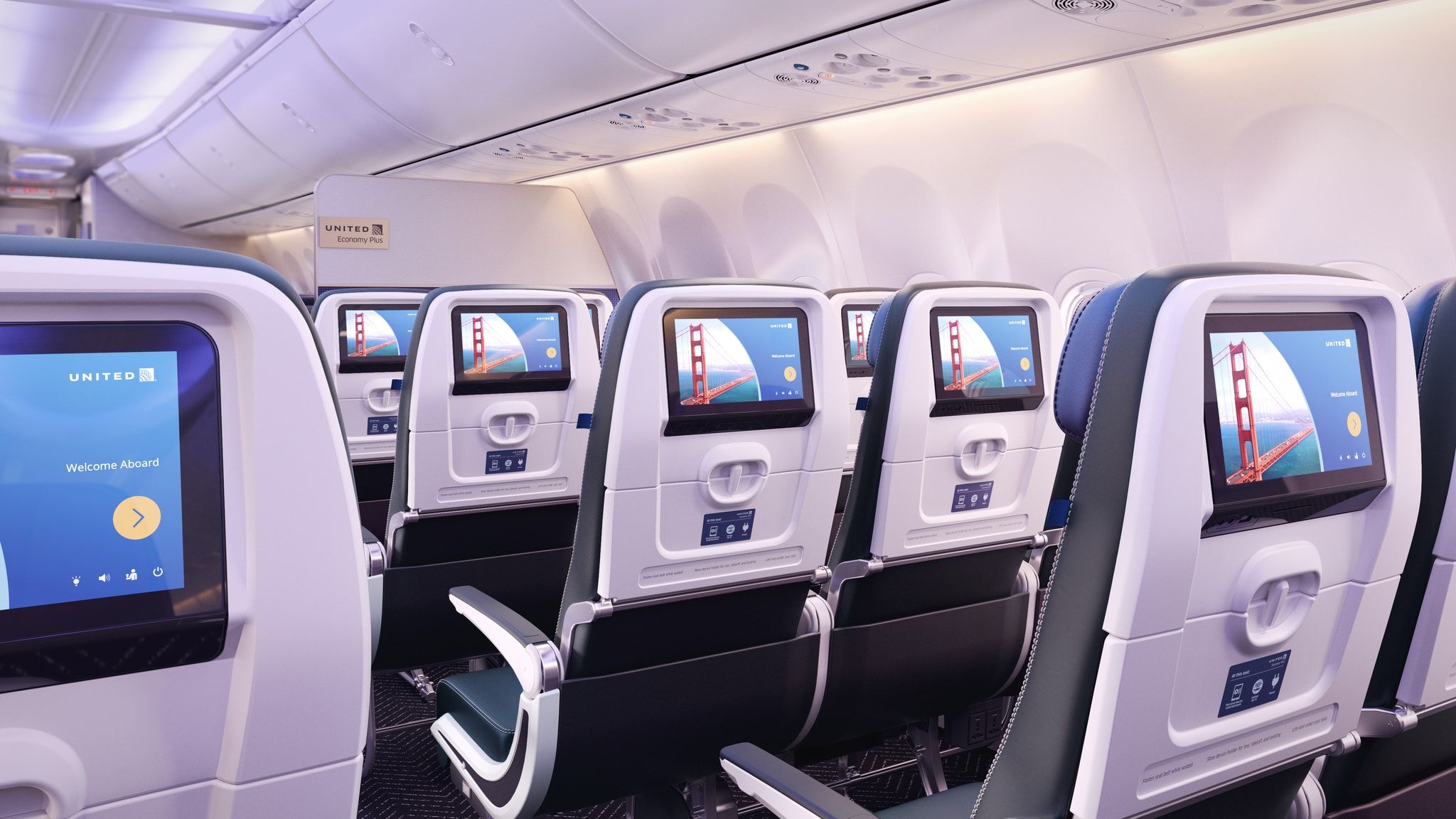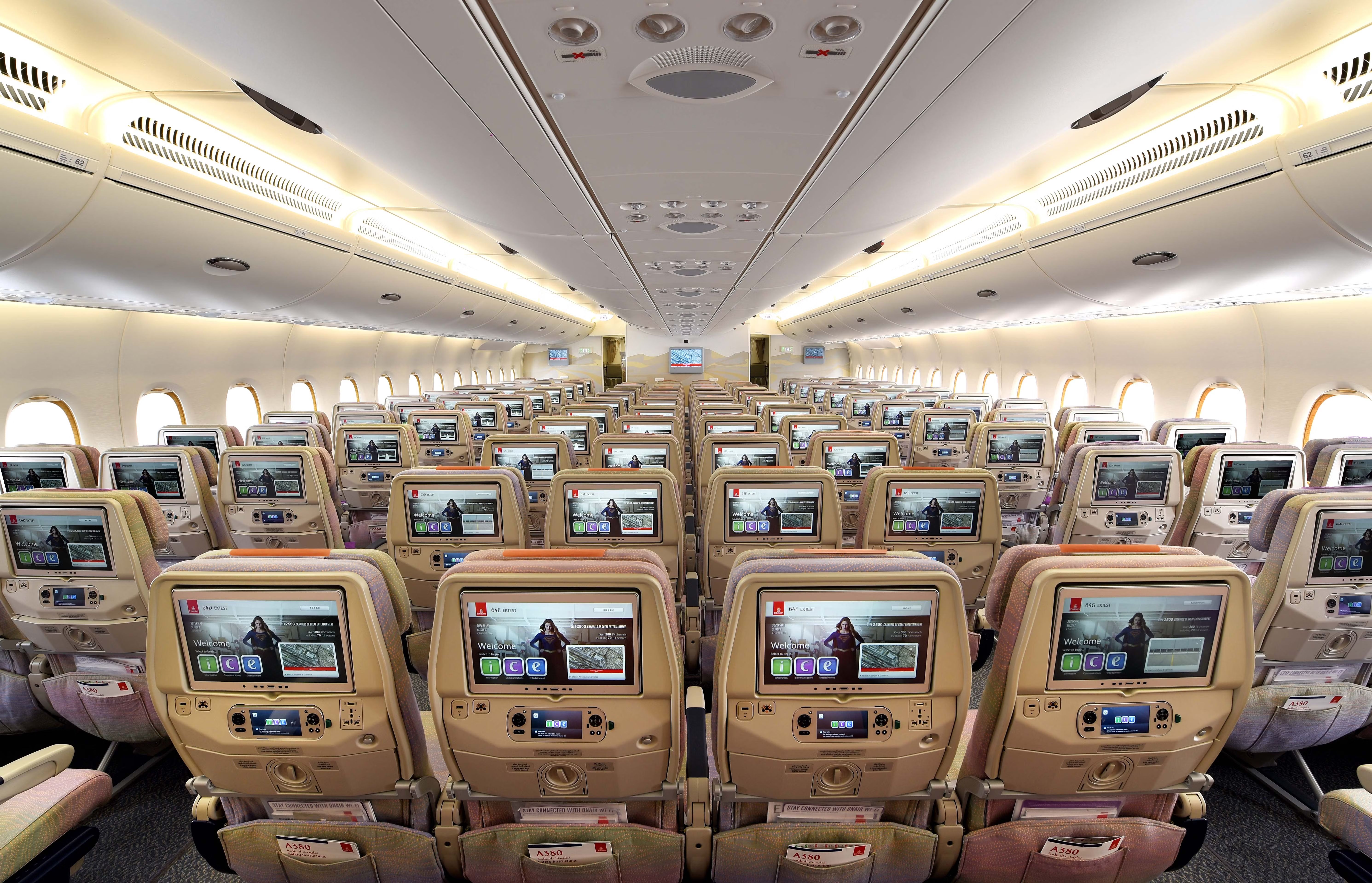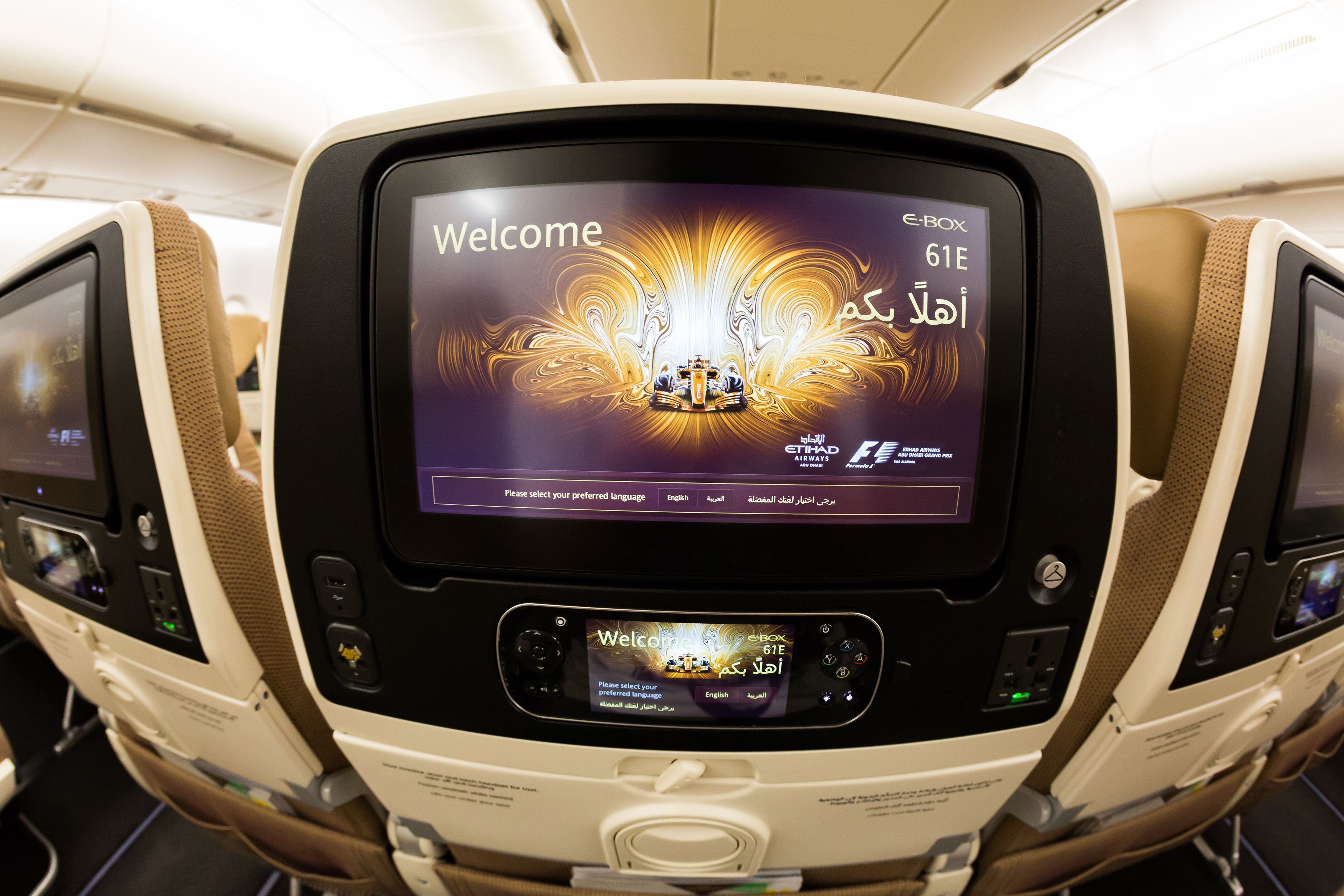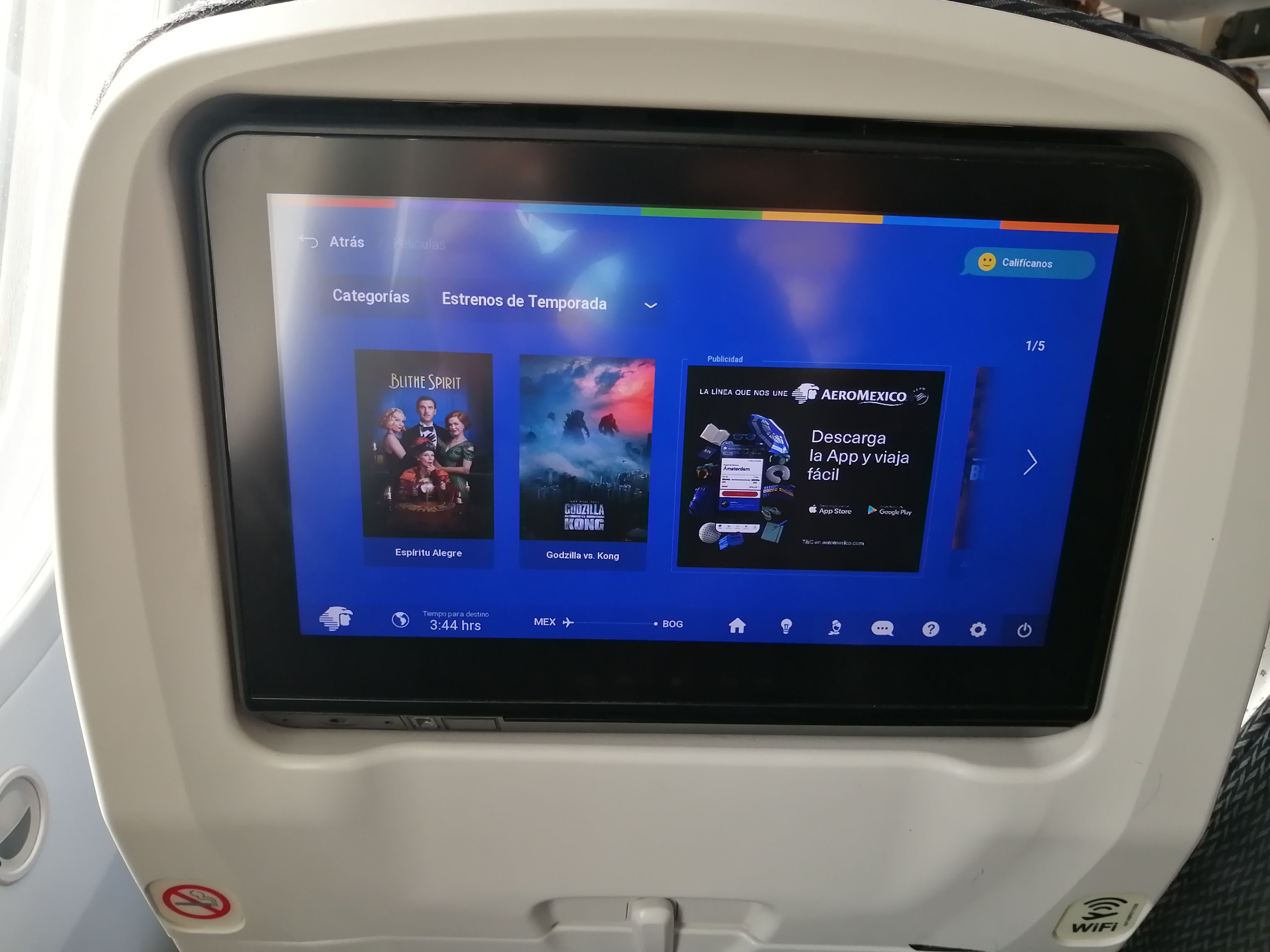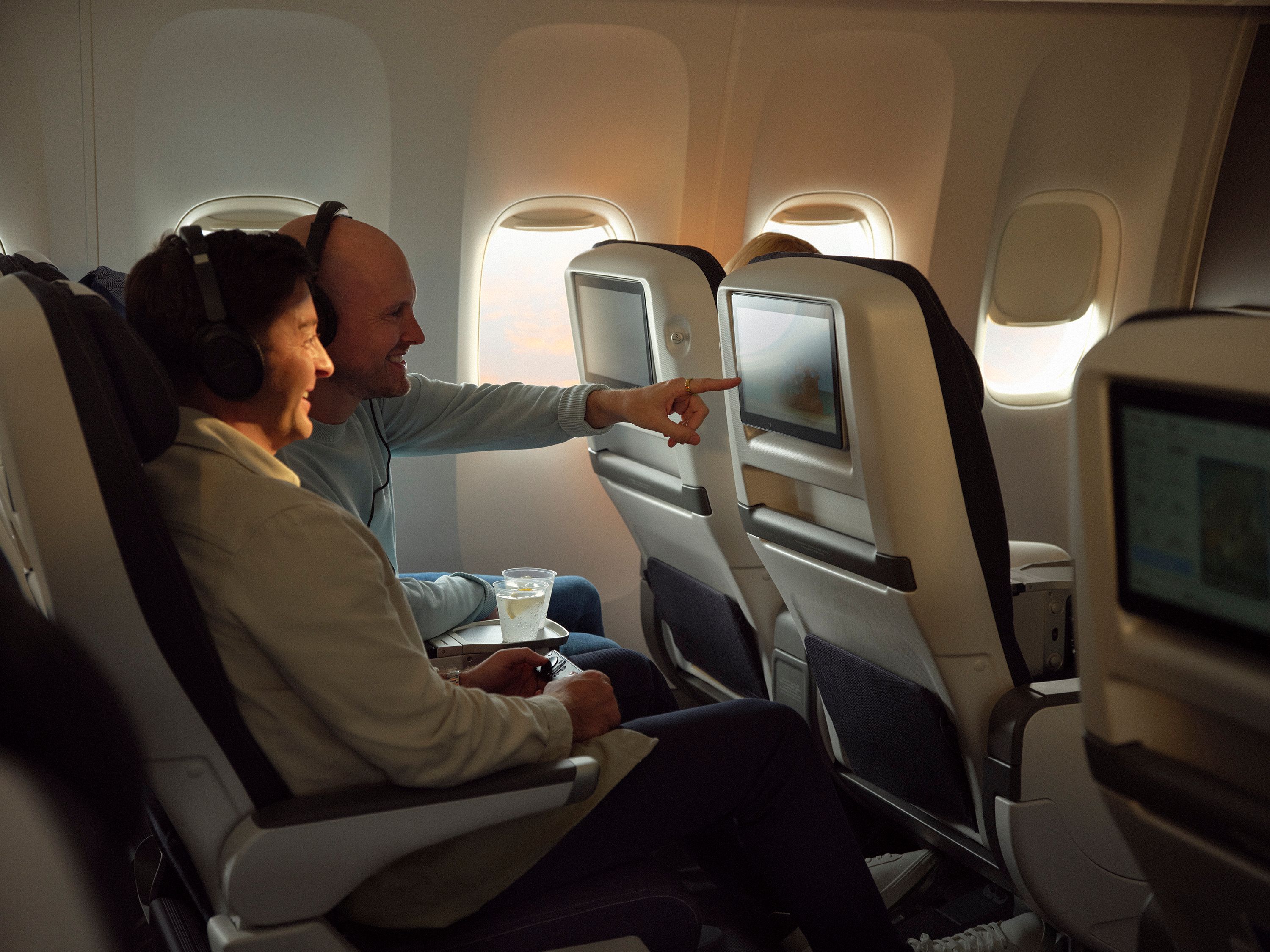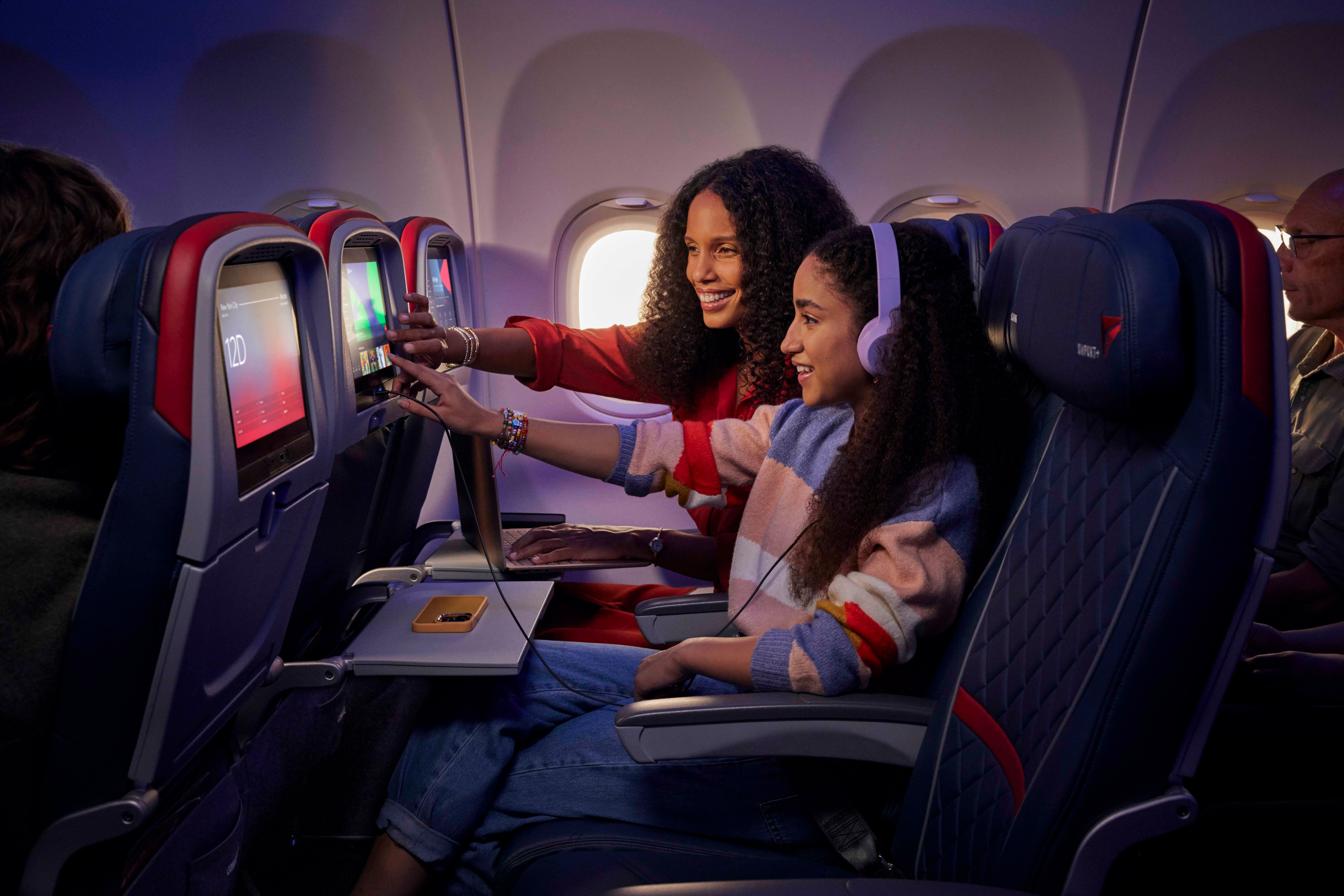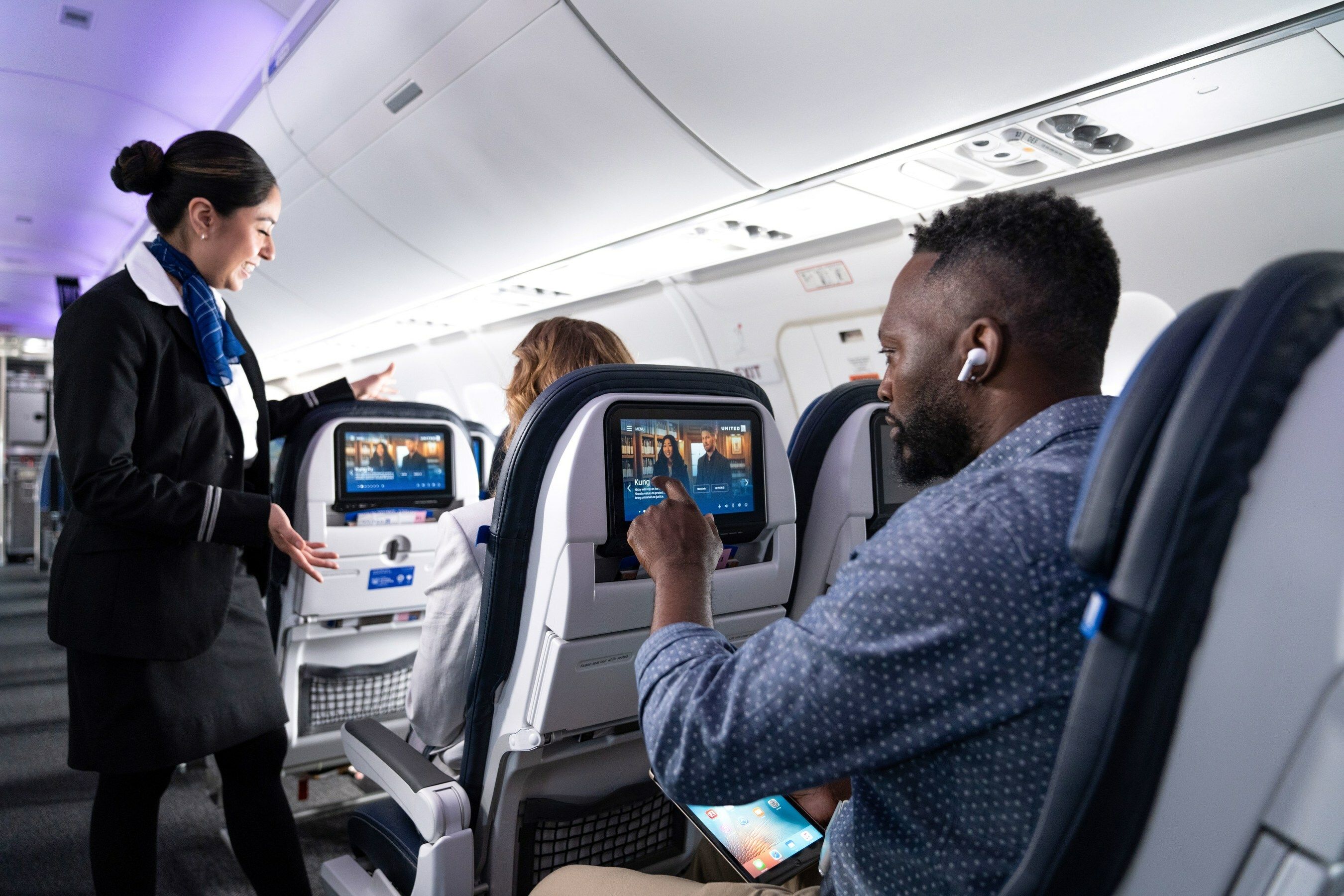Few events are filled with as much anticipation and excitement as flicking through the movie catalog on your flight. You’re looking for new releases, your favorite re-runs, or a series you’ve yet to get stuck into. But what happens when what you’re watching isn’t quite what you’re expecting?
Deleted scenes and edited originals may be what you’ve come to expect, but have you ever given any thought to how those films get edited? Who decides what you do and don’t watch, and what relevance does that decision have? Why should what you watch on a plane be different from at the movie theater?
Who chooses what you watch?
When it comes to who chooses what you watch on your flight, the simple answer is your airline. It’s their brand, and they will show whatever they want, taking into consideration their clientele. They’ll take special care to ensure that movies and TV shows don’t offend their customers while selecting some of the most recent and well-loved content.
Photo: United Airlines
Most airlines work with specialized content companies or editing partners when it comes to curating entertainment for their IFE systems. When it comes to the censorship of certain scenes, or even the entire exclusion of particular movies, it is these companies that will ensure regulatory compliance.
However, some airlines in the past have been challenged on the content that they show. When asked why scenes have been edited in a certain way, some will claim that they never had a choice in the matter. It seems a strange admission, but there is some truth to it. While airlines have the ultimate say on what does and doesn’t get shown, they have no power over the intricacies.
Photo: Emirates
Here’s how the process works:
- When a film is released, airlines have the option to show the original, or ask for an edited license.
- If it requires an edit, the airline will send a request to a third-party editing company that will consider the airline’s content guidelines.
- The company will then edit the film where they see fit and return it to the airline.
- If the airline is happy with the content, it will be shown onboard. If not, they can opt to remove the movie from their choice list.
There are cases where airlines need to conform to certain countries’ specific regulatory requirements. This can mean certain films or TV shows (even individual scenes or moments) that are perfectly normal to show on one route must be censored or pulled from another. This can include content that offends political or royal regimes, religions, or other cultural sensitivities.
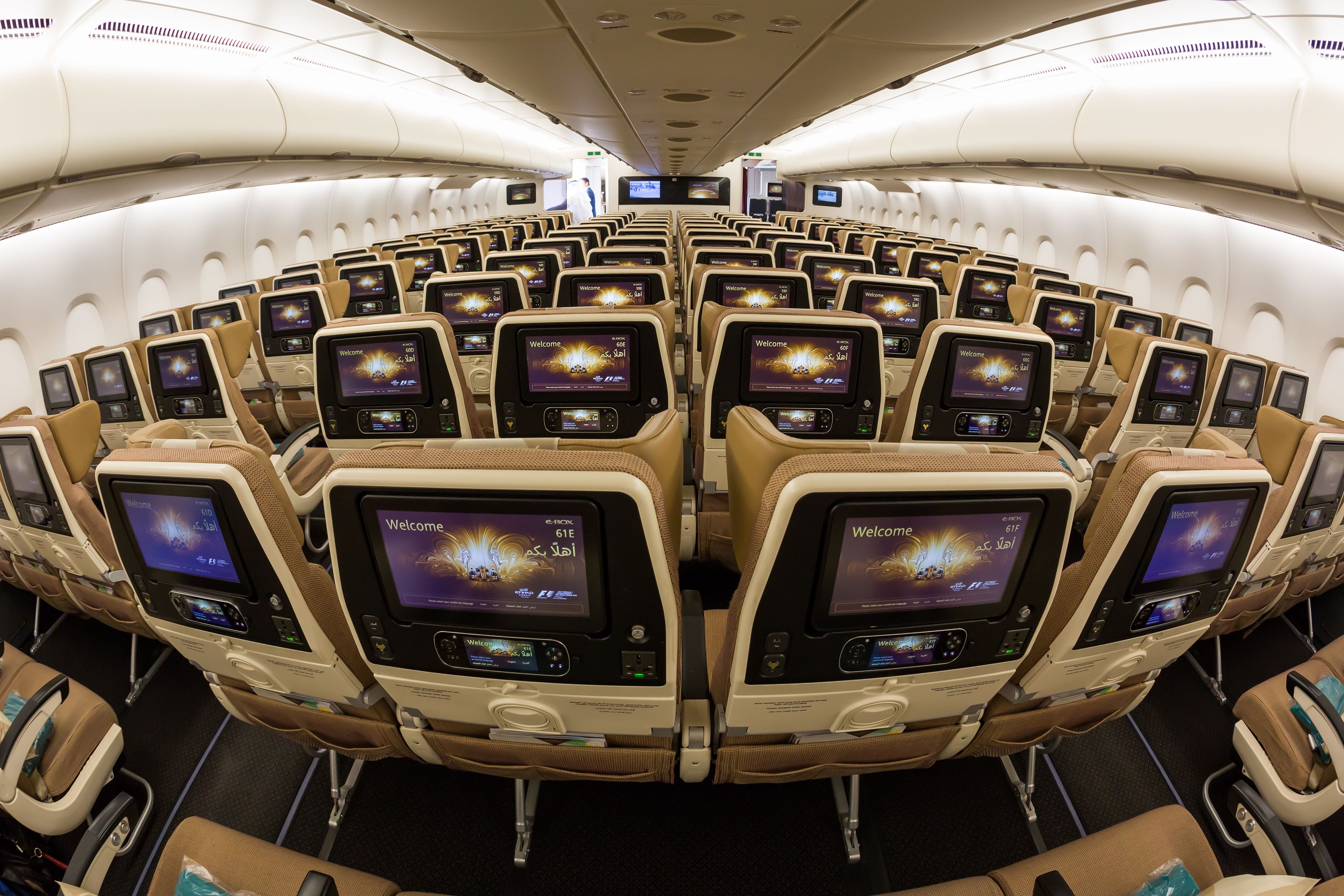
Navigating In-Flight Entertainment: A Passenger’s Guide
A guide for first time flyers about the different types of IFE available.
Why does entertainment need to be censored?
As you can see, airlines have little say about which specific scenes in individual movies get the chop. The editing company interprets the guidelines and makes the necessary edits. However, that can mean that certain films come back with essential scenes removed due to their guideline infringement(s). This, understandably, can upset some viewers, so why censor anything at all?
The answer is that airlines need to keep their customers happy. Cutting scenes sometimes might have the opposite effect, but they need to be conscious of how their passengers will respond.
Photo: M101Studio | Shutterstock
Some editing will happen for scenes that undermine passenger safety. This could be things like plane crashes, which would worry some nervous flyers. However, other instances include, and are not limited to:
- Bad language.
- Sexual references and/or activity.
- Nudity.
- Violence.
Viewer discretion and normalization vs the airline
While some inflight entertainment viewers may be fine with a few cut scenes, others believe that excessive film editing propagates archaic stereotypes. After all, deleting certain scenes may not be seen as a progressive approach.
Photo: Daniel Martínez Garbuno | Simple Flying
Another concern is for filmmakers, who may see their art manipulated in a way that they did not intend. Messages can be skewed, and their reputation damaged by what may be considered a poor movie due to editing. Some studios will offer their own edited versions to airlines that have explicit content removed, giving them some level of control over the final product.
However, an even more significant challenge is precisely who is right in saying what remains in and out of a movie. We all have different opinions and come from diverse backgrounds. Furthermore, those who subscribe to specific religions and belief systems may have differing views on certain topics. But there’s a crucial choice that airlines need to make: will viewers be more, or less, offended by the inclusion of this scene?
Arguments for censorship
It’s a tough choice for airlines to make. If they know that their customers are of a particular persuasion, it’s respectful to show consideration for their views. Cultures differ widely across the world, so most airlines will be mindful of a region’s culture to avoid offense.
Photo: British Airways
Likewise, the airlines themselves may have their own philosophy. They will not want to openly promote actions, beliefs, or concerns outside of their interest as a brand, as this could lose them custom in the future and alter their image.
When setting out their guidelines, airlines must also obey local laws and customs. They will also want to consider what kinds of travelers they will have at certain times of the year, like children during the summer vacation season.
Photo: Delta Air Lines
Yet, as many arguments as there are for censorship, there are also plenty against it, and many of them boil down to this: do airlines have a duty to respect cultural shifts?
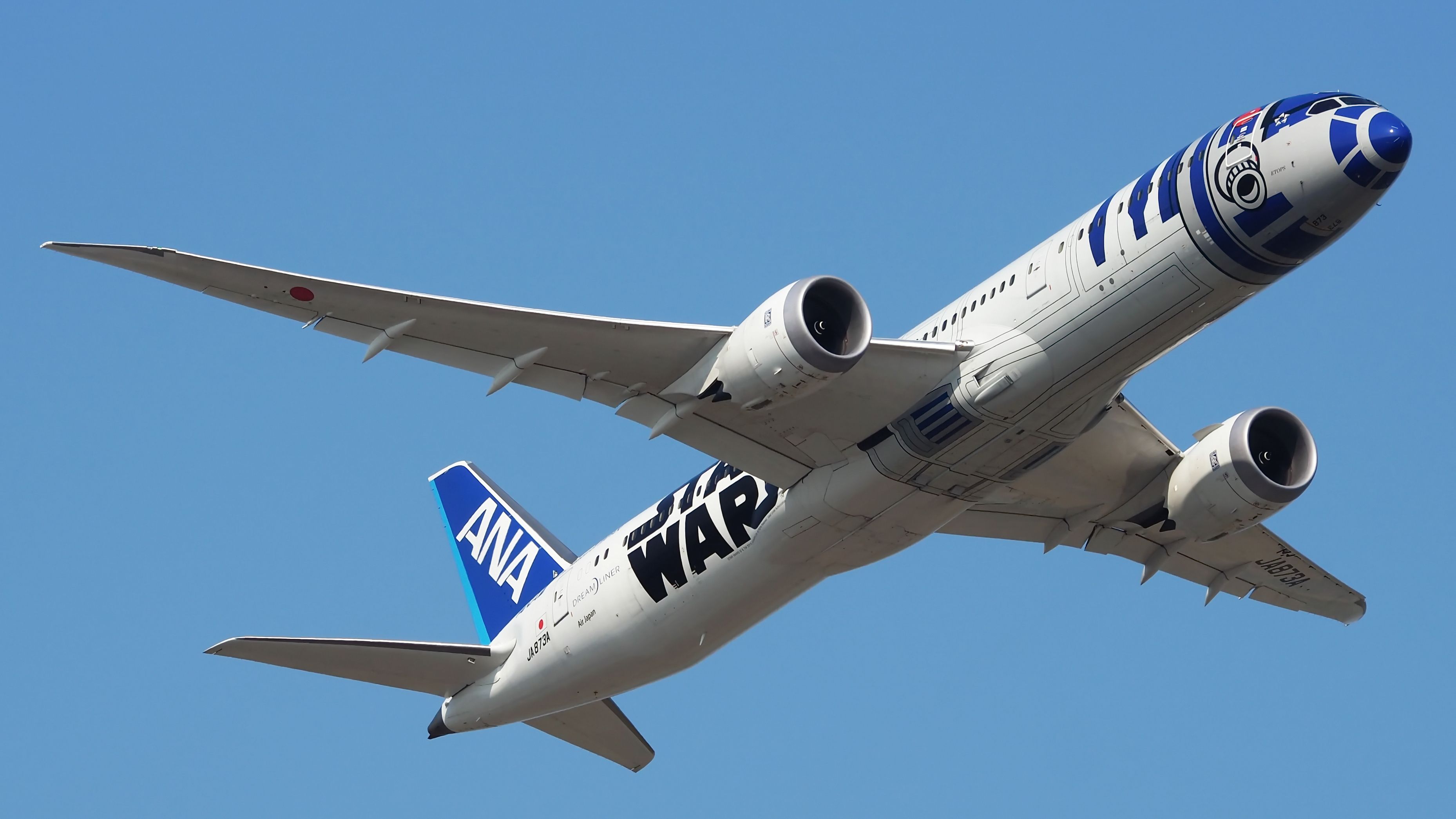
Inflight Advertising: How Airlines Make Money And How It Affects You
Magazines, inflight entertainment, headrests and even liveries can display adverts.
Viewer discretion
Like watching any film outside a plane, viewer discretion is advised. Age ratings serve to suggest the appropriateness of movies, and they usually come with advisory notices of what the film contains that may be distressing to viewers.
Photo: United Airlines
By continuing to watch your movie on the plane, you have essentially given consent to be shown all scenes of the film. Airlines won’t lock content based on the age of the passenger, so it’s up to accompanying adults to ensure kids are watching age-appropriate entertainment on their individual IFE system.
Do you think inflight entertainment censorship should change? Let us know your thoughts in the comments.

